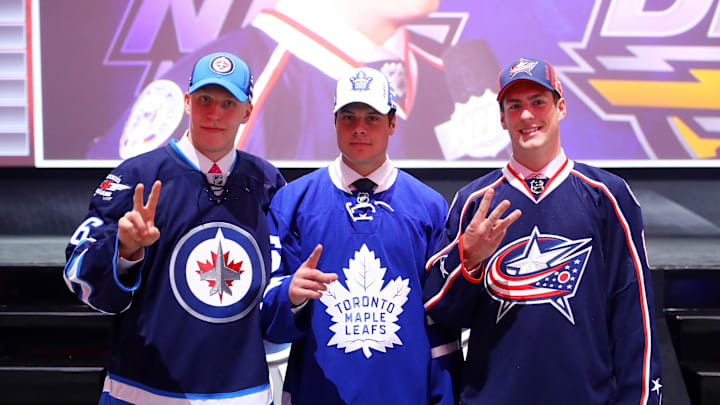Toronto Maple Leafs 2016 NHL Entry Draft Retrospective
First Pick
There were some whispers heading into the draft, trying to create a debate that maybe Finnish winger Patrik Laine could push himself into the conversation for first overall.
This was largely due to great success on the international stage where the Finnish U-20 team won the World Juniors and Laine lead Finland en route to a World Championship silver medal win, capturing the tournament MVP.
However, it was never really a debate that Auston Matthews would be the first overall pick and thankfully cooler heads prevailed.
Eight years later with a Calder Trophy, Hart Trophy, Ted Lindsay Award, and three Rocket Richard Trophies, Auston Matthews was hands down the correct choice.
He is on pace to go down as the greatest Toronto Maple Leaf of all-time, a first ballot Hall of Famer and possibly the greatest goal scorer of his generation and one of the greatest of all-time.
No player comes close to the impact that Matthews has had thus far and short of winning a stanley cup, and international stage performance, there isn’t much more he can do to prove this.
He has the obvious goal scoring prowess but he is also one of the better forwards in the league defensively. There has not been a moment since his four-goal debut that should have made anyone question whether or not Leafs brass made the right call.
